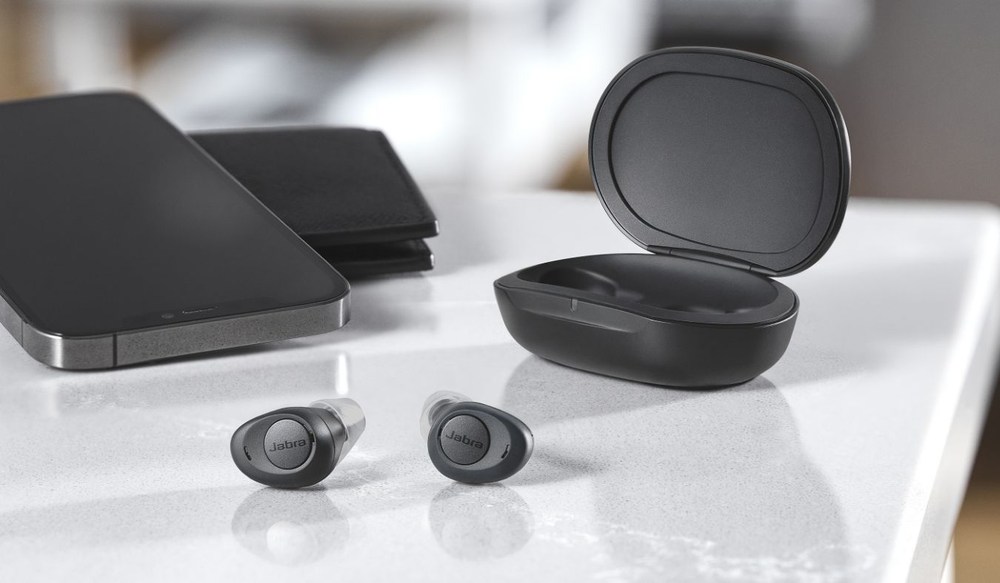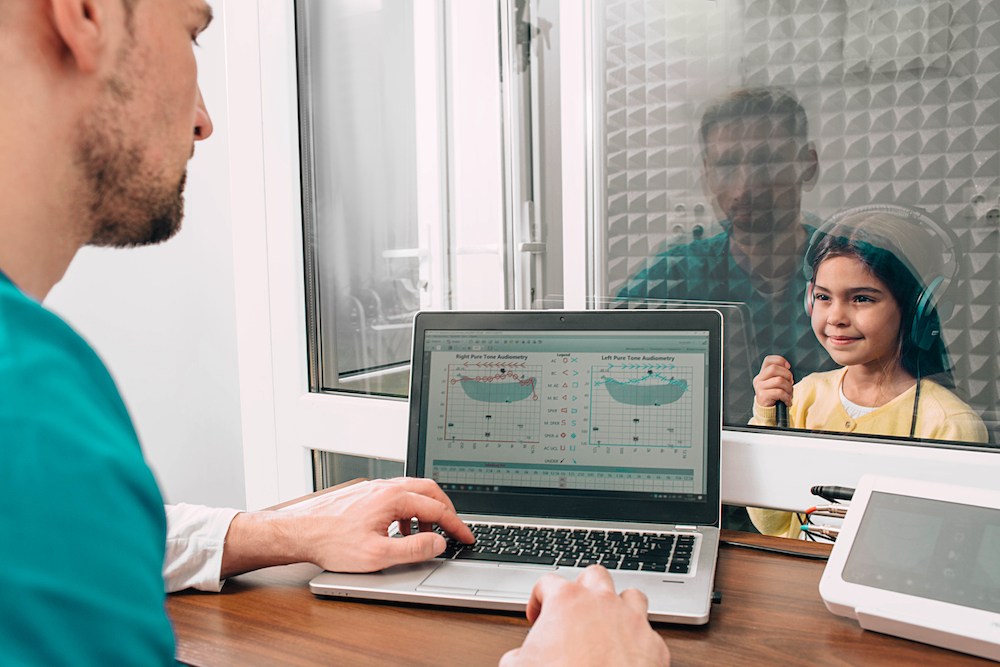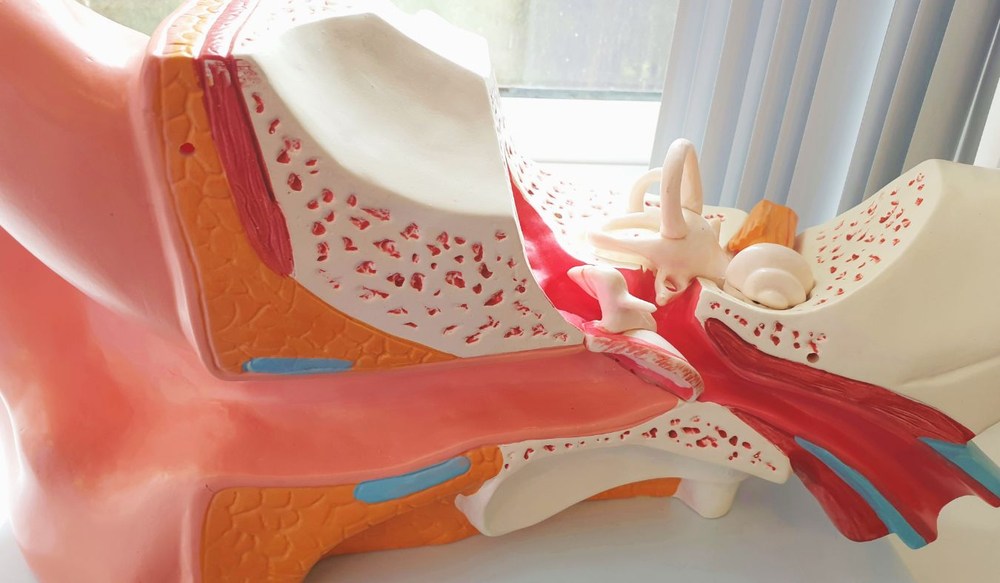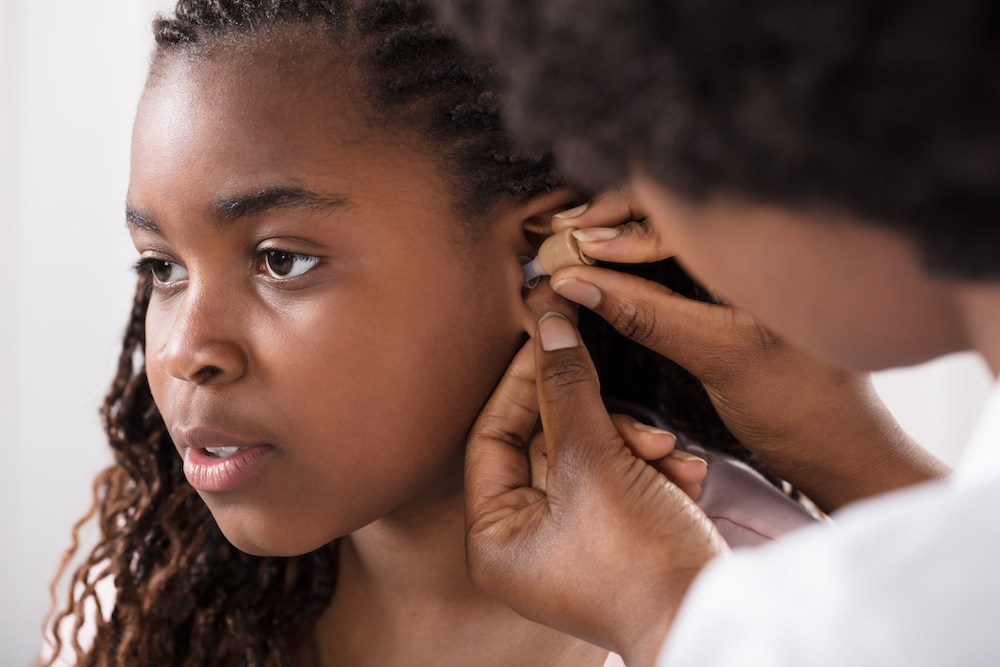Why Annual Hearing Tests Matter
Hearing is an important part of daily life, helping you stay connected in


Hearing is an important part of daily life, helping you stay connected in

When you start noticing changes in your hearing, a hearing instrument

Finding a hearing solution that fits your needs is an important part of